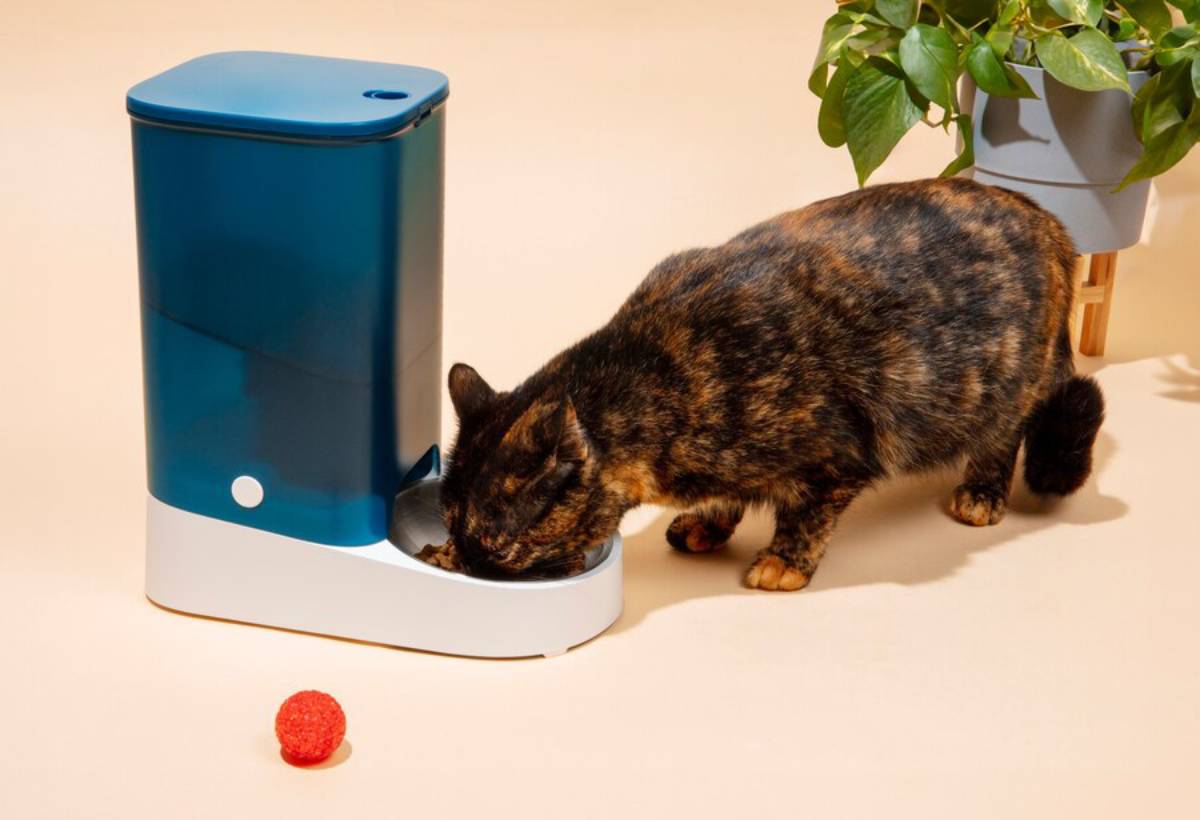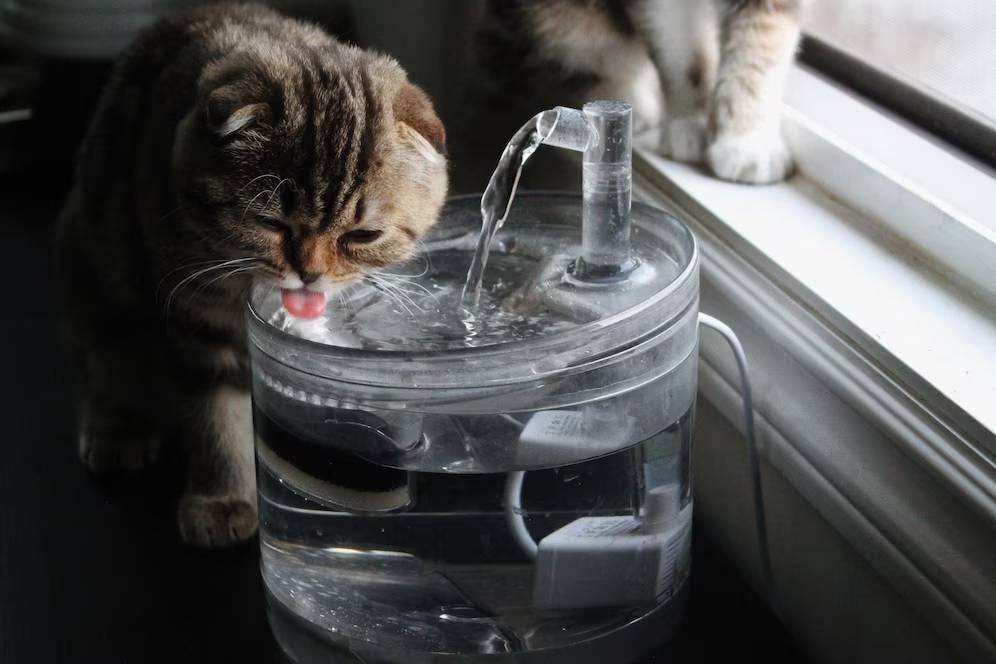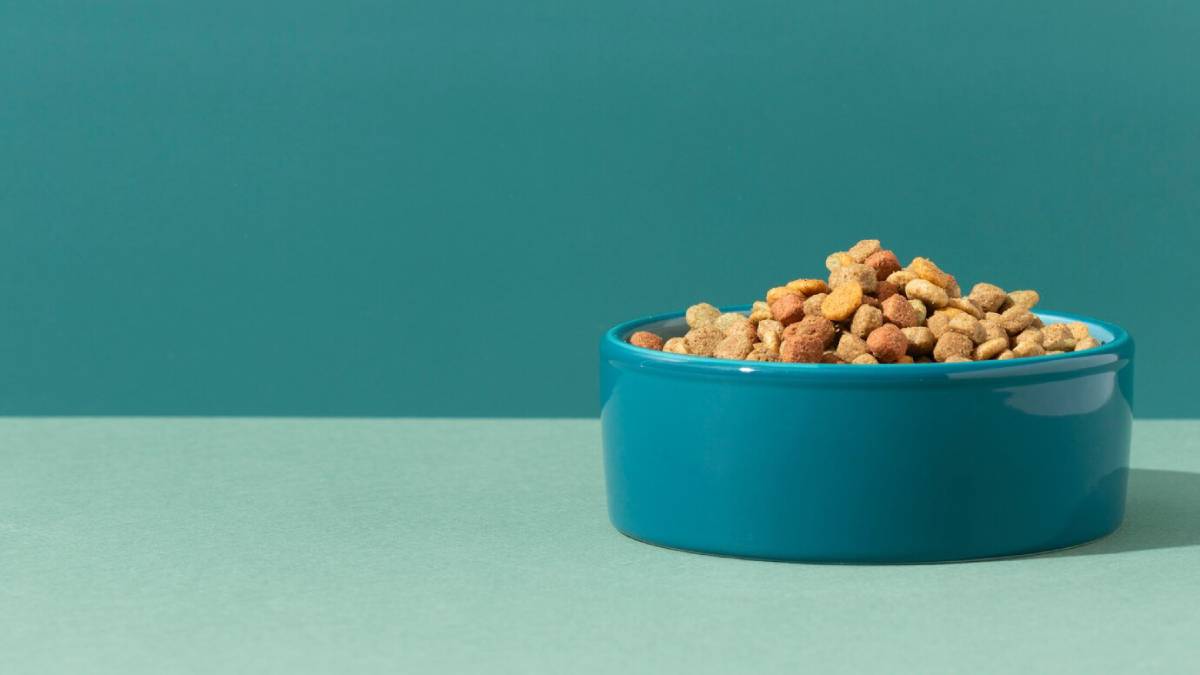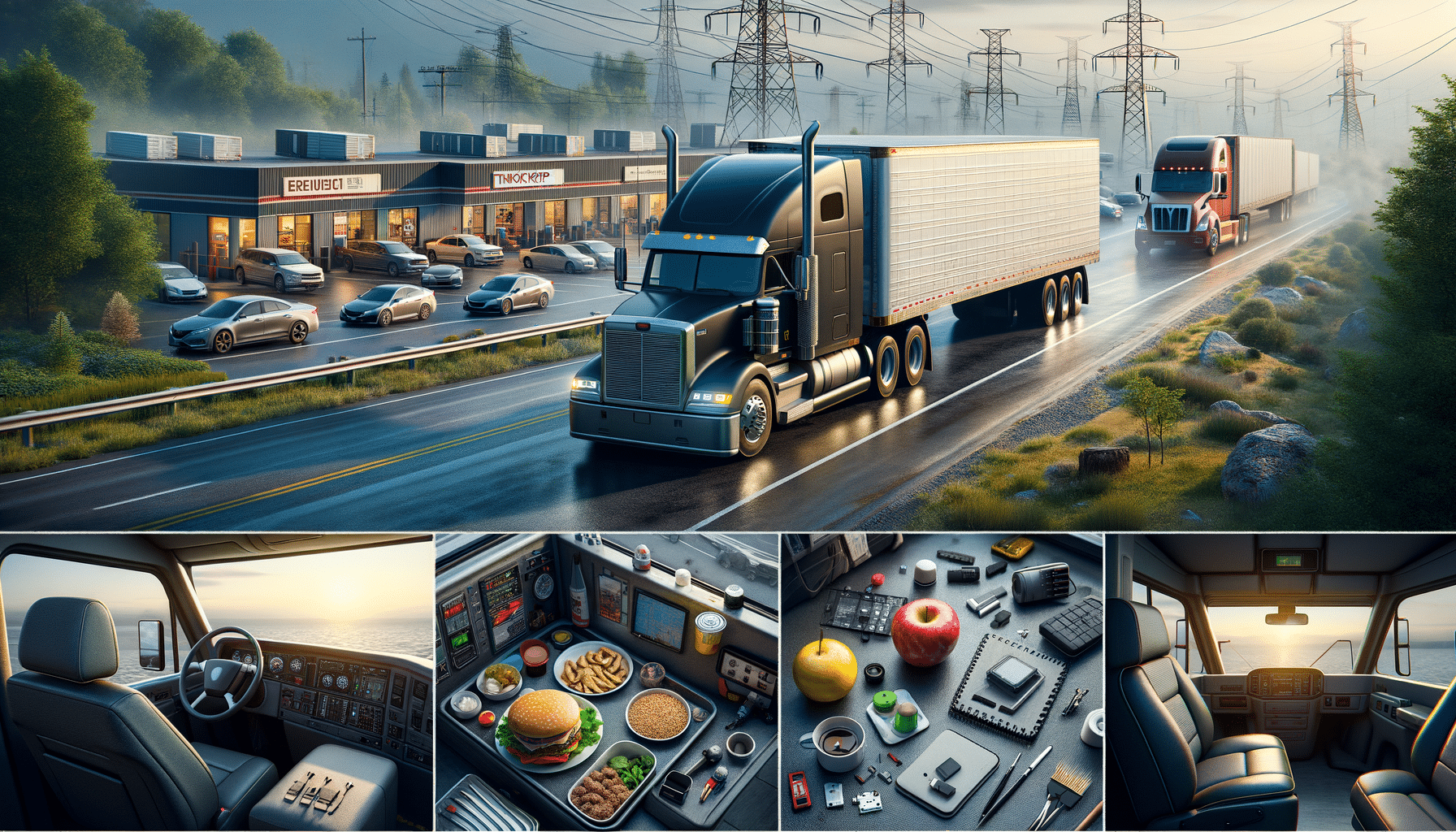
Automated Feeders and Water Dispensers: Pros and Cons
Modern life is busier than ever, and for pet owners, that often means juggling tight schedules with the daily responsibility of feeding and hydrating our furry companions. Enter the world of automatic pet feeders and pet water dispensers—convenient devices that promise consistency, control, and peace of mind when it comes to mealtime.
Driven by advances in smart home technology, feeding technology for pets has rapidly evolved. Today’s automated systems are more sophisticated, customisable, and user-friendly than ever before. But are they right for every pet and every household?
In this guide, we’ll explore the pros and cons of these smart devices, compare popular models, and help you determine whether an automated feeding solution is the right fit for your lifestyle and your pet’s needs.
What Are Automatic Pet Feeders and Water Dispensers?
Automatic Pet Feeders
These devices are designed to dispense precise portions of dry (and in some cases wet) food at set times throughout the day.
Features may include:
- Programmable feeding schedules
- Portion control
- Voice recording
- App control with Wi-Fi integration
- Battery backup

Pet Water Dispensers
These come in two primary styles:
- Gravity-fed dispensers: Refill the bowl as your pet drinks
- Electric water fountains: Circulate water to keep it fresh and encourage drinking
Advanced models may include:
- Water filters
- Auto-refill capabilities
- LED indicators
- Adjustable flow settings
The Pros of Automated Feeding Technology for Pets
1. Consistency and Routine
Pets thrive on routine. Automated feeders ensure they receive meals at the same time every day—even if you’re sleeping in, stuck at work, or away for the weekend.
Benefits:
- Reduces anxiety in pets that rely on a strict feeding schedule
- Supports pets with dietary needs or medical conditions (e.g. diabetes)
- Prevents overfeeding from guesswork or multiple feeders in the household
2. Portion Control
Obesity is a growing issue among pets. With portion-controlled feeding, you can help maintain a healthy weight.
Benefits:
- Accurate food measurements tailored to your pet’s diet plan
- Prevents binge eating or scavenging
- Encourages slow, mindful eating when paired with puzzle feeders
3. Convenience for Busy Owners
Whether you work long hours, travel regularly, or manage a hectic home life, automated devices offer peace of mind.
Benefits:
- No more rushing home for mealtimes
- Ensures pets are fed during power outages (with battery backup models)
- Some feeders allow remote feeding via smartphone apps
4. Encourages Hydration with Pet Water Dispensers
Hydration is especially important for cats, who may not naturally drink enough.
Benefits:
- Circulating fountains mimic running water, attracting pets to drink more
- Filters improve taste and remove debris
- Reduces the frequency of manual refilling
5. Monitoring and Integration
Many smart feeders offer analytics and updates via mobile apps.
Benefits:
- Tracks how much and when your pet eats or drinks
- Sends alerts for missed feedings or low water levels
- Can integrate with home assistants like Alexa or Google Home
The Cons of Feeding Technology for Pets
1. Lack of Supervision
Automated systems can’t observe how your pet is eating. If your pet refuses food or shows changes in behaviour, you might not notice until it becomes serious.
Risks:
- Missed signs of illness
- Malfunction may go unnoticed (e.g. food jammed)
- Some pets may ignore the feeder altogether
Tip: Combine automated feeding with regular mealtime check-ins when possible.

2. Not Ideal for All Pet Diets
While most devices handle dry kibble with ease, they’re not always compatible with wet, raw, or fresh food diets.
Drawbacks:
- Wet food feeders may require refrigeration or regular cleaning
- Raw feeders often don’t support automated handling due to bacteria risks
- Limited options for multi-pet households on varied diets
3. Technical Glitches and Dependency
As with all tech, things can go wrong. Connectivity issues, dead batteries, or mechanical failures can disrupt your pet’s routine.
Issues to watch:
- App crashes or laggy response
- Feeder running out of food or clogging
- Dependence on Wi-Fi for certain features
4. Upfront Cost
Automated feeding and watering systems can be expensive. While basic gravity systems are affordable, smart tech comes at a premium.
Typical prices:
- Basic gravity feeders: £15–£30
- Programmable electronic feeders: £50–£150
- Smart Wi-Fi-enabled feeders: £150+
- Water fountains with filters: £30–£100
Consider the value relative to your lifestyle and pet care needs.
Choosing the Right Device for Your Pet
Factors to Consider
- Size and Breed
- Larger pets need devices with bigger portions and storage
- Smaller pets may need slower feeding options to prevent bloating
- Diet Type
- Choose wet food-compatible feeders if your pet requires it
- For prescription diets, confirm the dispenser’s accuracy and portion range
- Single or Multi-Pet Households
- Multi-feeder setups can avoid food aggression
- RFID-tagged feeders ensure each pet only accesses their own meals
- Indoor or Outdoor Use
- Most automatic feeders are designed for indoor use
- If you’re feeding outdoor pets, choose weather-resistant models
- Ease of Cleaning
- Look for removable, dishwasher-safe trays
- Avoid models with tight crevices that can trap food
Training Your Pet to Use Automated Feeders
Introducing technology into your pet’s routine may require a little training.
Tips for smooth transition:
- Start slow: Let your pet interact with the feeder while it’s turned off
- Use positive reinforcement: Reward your pet for approaching and eating from the device
- Schedule consistency: Match the feeder’s schedule to your pet’s current routine
- Stay nearby initially: Monitor the first few feedings to ensure everything runs smoothly
Most pets adapt quickly, especially if the feeder includes your voice or familiar food cues.
Should You Go Automated?
Automatic pet feeders and pet water dispensers are excellent tools for busy, health-conscious pet owners. They offer precision, and peace of mind, and support consistent routines—especially for pets with medical or behavioural needs.
However, they’re not a substitute for attentive pet care. Automated systems work best when integrated into a broader routine that includes affection, observation, and vet visits.
Take action today: Review your schedule, your pet’s diet, and your home environment. If you struggle with convenience, portion control, and hydration, investing in feeding technology for pets could be a smart step toward a healthier, happier pet.


